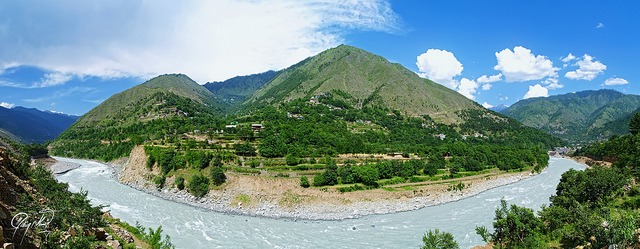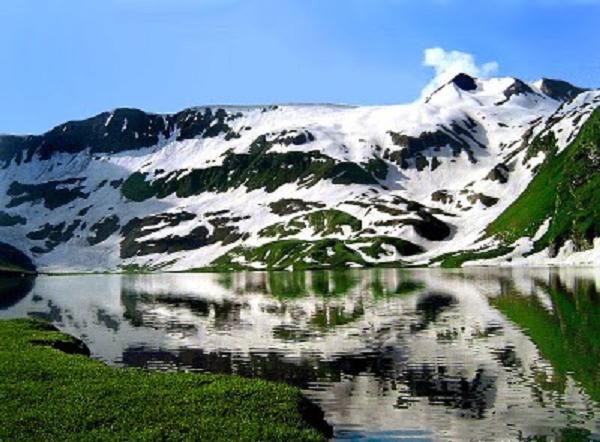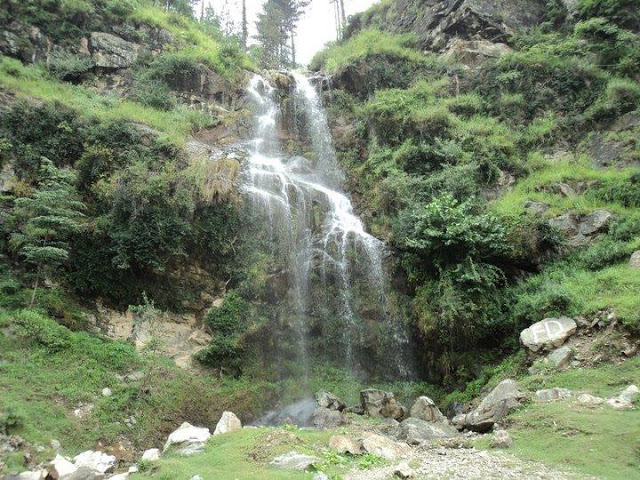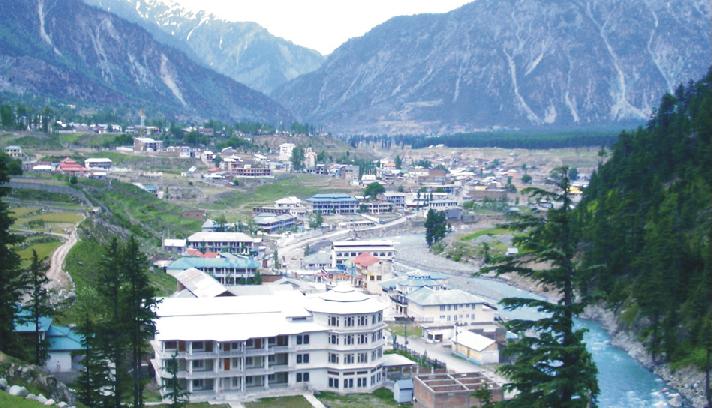Lush green Swat Valley lies between 34°-40′ to 35° N latitude and 72′ to 74°-6′ E longitude. It is a part of the Provincially Administered Tribal Area (PATA) of Khyber Pukhtunkhwa province of Pakistan. Three parts of Asian continents meet that includes Central Asia, South Asia and China.


A brief study of Swat Valley’s history reveals that it was known as Udyana and Suvastu. These names were given to Swat because of the scenic beauty and presence of the river in the valley.
Bazira and Ora were conquered by Alexander the Great in 327 BC when he came here via India. After his departure, the local people decided to live independently. During that time Buddhism leeched in and made Swat a Gandhara/Buddhist center of civilization. Turk Shahis included Swat in their kingdom but upon their decline in the region the valley of Swat returned to the influence of Hindu Shahis’.
Muslims occupied Swat in the early years of the tenth century CE/AD. As a result, many Afghan tribes who later were called Swati Pukhtuns settled here and Swat remained independent in those times.
After that, a tribe known as Yusufzai conquered Swat during the first quarter of the sixteenth century and dominated the planes for a long time. They did not form government in Swat and rather lived in the region in the tribal fashion. The tribe had two dalas (factions) and each segment had a separate tribal chief known as Malaks and Khans. They resisted the mighty army of King Akbar, gave it a tough time and caused it a lot of damage.
People of Swat fought against the British army in a famous and historic battle of Ambela in 1863. In addition, they raided those territories where the British were controlling the people and they also provided asylum to elements that were fighting against the British. British forces were sent to relieve their garrison from Umara Khan of Jandol in Chitral in 1895. Swatis fought against them on all the three major passes named Morah, Shahkot and Malakand. However British succeeded to make out their way by their brilliant strategy. Garrisons were established at Malakand and Chakdara and Dir and Swat Agency were formed which was known as Malakand Agency. It happened in 1895 and this name persists till yet.
In 1897, the Swatis rose in huge numbers and ousted the British from Malakand and Chakdara. Their leader was Sartor Faqir. Although not all the area was being freed from the British, the majority of left-bank valley enjoyed free and independent status till the Swat State emerged. During the years 1879-1881, the right-bank valley was made part of Dir State. It is still part of the Dir State since that time. Shamizai, Sebujni and Nikpi Khel section were the three rebels who combined together to put an end to the authority of Dir State over their area. Finally, in March 1915, they constituted a five-member council that looked after the affairs of their area. Later, Abdul Jabbar Shah from Sithana was decided to become King of Swat on the 24th of April, 1915.
The reign of Abdul Jabbar Shah lasted for a little more than two years. On 2nd September 1917, conflicts arose between him and Jarga who asked him to go back. The jarga installed Miangul Abdul Wadud as their new King. He proved to be a King for the long term as he ruled till 1949 and played his role to consolidate the State of Swat. On the 12th of December 1949, he abdicated in favor of Miangul Abdul Haq Jahanzeb (his son) who ruled till 1969. After that the merger of the State of Swat took place.
The people of Swat and their territories observed tremendous peace and amazing development in education, health and communication during Abdul Wadud and Jahanzeb’s reign.

























The palace, built in 1940 by the first king of the Swat Valley, Mian Gul Abdul Wadood, also played host to Queen Elizabeth.